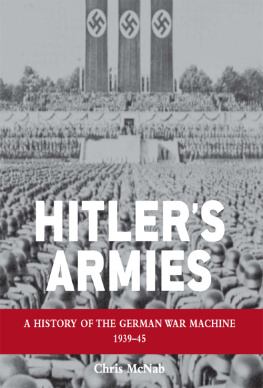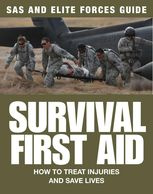Chris McNab - Hitlers Armies
Here you can read online Chris McNab - Hitlers Armies full text of the book (entire story) in english for free. Download pdf and epub, get meaning, cover and reviews about this ebook. year: 2011, publisher: Bloomsbury Publishing, genre: Non-fiction. Description of the work, (preface) as well as reviews are available. Best literature library LitArk.com created for fans of good reading and offers a wide selection of genres:
Romance novel
Science fiction
Adventure
Detective
Science
History
Home and family
Prose
Art
Politics
Computer
Non-fiction
Religion
Business
Children
Humor
Choose a favorite category and find really read worthwhile books. Enjoy immersion in the world of imagination, feel the emotions of the characters or learn something new for yourself, make an fascinating discovery.
- Book:Hitlers Armies
- Author:
- Publisher:Bloomsbury Publishing
- Genre:
- Year:2011
- Rating:4 / 5
- Favourites:Add to favourites
- Your mark:
- 80
- 1
- 2
- 3
- 4
- 5
Hitlers Armies: summary, description and annotation
We offer to read an annotation, description, summary or preface (depends on what the author of the book "Hitlers Armies" wrote himself). If you haven't found the necessary information about the book — write in the comments, we will try to find it.
Hitlers Armies — read online for free the complete book (whole text) full work
Below is the text of the book, divided by pages. System saving the place of the last page read, allows you to conveniently read the book "Hitlers Armies" online for free, without having to search again every time where you left off. Put a bookmark, and you can go to the page where you finished reading at any time.
Font size:
Interval:
Bookmark:

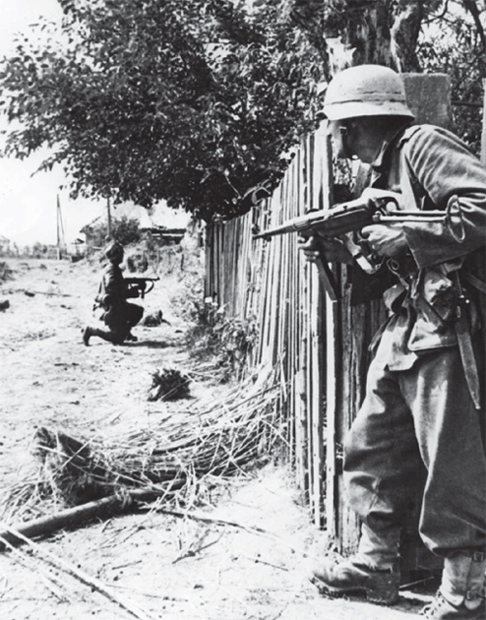
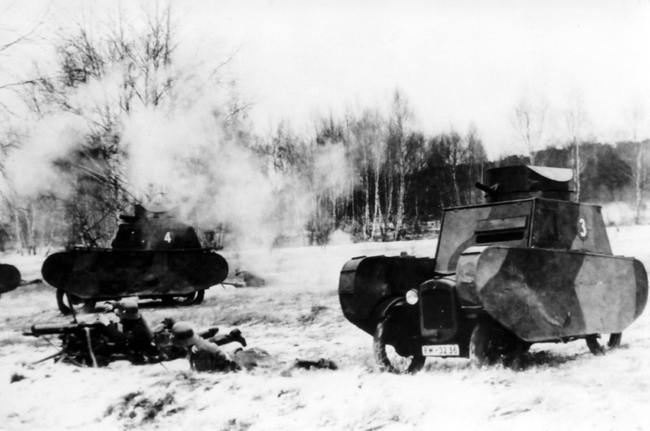
Unpromising beginnings. The Reichsheer during the 1920s and early 1930s had limited potential for military investment under the terms of the Versailles Treaty. Here, in 1931, an MG 08 machine-gun team train alongside two trucks mocked up as tanks, testing out emerging theories of combined arms warfare.
H ITLERS W EHRMACHT ( LITERALLY DEFENSIVE POWER ) WAS BORN OUT OF THE most unpromising circumstances. When the dust and arguments settled after World War I, the victorious Allies imposed a series of restrictions on Germany in the Treaty of Versailles of June 1919. Among other things, the treaty stated that by 31 March 1920, the German Army was to consist of no more than 100,000 men, of whom just 4,000 were to be officers. The treaty conditions also specified the structure and organization of this army: there were to be 21 three-battalion infantry regiments (with 21 training battalions attached), and each regiment was to have one mortar company. There were to be proportionally larger numbers of cavalry, plus seven artillery regiments of three battalions, and seven field engineer, signals, motorized and medical battalions, a total of seven divisions in all.
The German Army of 34,000 officers and nearly eight million men which had fought from 1914 to 1918 was to be reduced to insignificance, with no hope of operations larger than at corps level and, most importantly from the point of view of the vengeful French, no prospect of cross-border excursions. Furthermore, the Germans were to be prevented from forming reserves, by virtue of the restriction that men had to serve a minimum of 12 years, and officers 25 years before discharge. It was envisaged by the victorious powers that never again would Germanys armed forces be in a strong enough position to threaten the peace of Europe.
The decimation of her armed forces was not the only difficult situation Germany had to contend with. The heartfelt relief at the end of the war was almost universal but political turmoil in the wake of the conflict was keenly felt and particularly in Germany. She had removed its emperor, Kaiser Wilhelm II, at the end of the war and was struggling to find a form of government that had the power and prestige to set Germany on the way to recovery. The nation was both economically and militarily bankrupt. Although American efforts to shore up what was a much-weakened nation helped to some extent, political unrest was to continue in Germany until the mid 1930s.
This political uncertainty was compounded by the fear of her neighbours and former enemies. To the west Germany was bordered by France with an army of one million. To the east was Poland, traditionally regarded as a threat by German minds, especially with its superior force of 30 infantry divisions and ten cavalry brigades. Geographically the Danzig corridor in the east separated East Prussia still a German territory from the homeland, and in the Rhineland in the west the victorious Allies had insisted upon permanent demilitarization as well as occupation for 15 years. To add to this and other burdens there was also the matter of hefty reparations payment, a matter upon which the French were vehemently insistent.
On 2 April 1920, General Hans von Seeckt became de facto commander-in-chief of the remnants of the German Army, and was faced with transforming it into the 100,000-man Reichsheer (Imperial Army) as specified by the Treaty of Versailles. He held this role until 7 October 1926 and, despite a personal preference for cavalry, he conceived and promulgated a doctrine that was to form the basis of German operational military thought and deed until the end of World War II.
Von Seeckt had served on various staffs during the Great War, ending up as Chief of Staff of III Corps. For five months in 1919 he was Chief of the General Staff and spent much time immediately after the war evaluating operational concepts in which the machine gun, barbed wire, artillery and the tank had dominated. He realized that the Reichsheer (German Army) was a spent force that could not fight any future war as it had done the last.
No matter what Von Seeckts political views were, his actions would affect the military world fundamentally. To avoid the tremendous losses incurred by the return to medieval siege tactics of 191418, he realized that military strategy had to be based on mobility. No doubt, like Field Marshal Haig, he had longed to loose the cavalry into the enemys rear after a breakthrough of the frontline enemy trenches. More perceptively, however, he also saw that such breakthroughs were not easily achieved once the enemy had time to dig in and fortify. He had noted the successes of the Sturmgruppen (storm groups) dedicated assault forces specializing in mobile attacks who had made such progress in 1918. What he emphasized was that such breakthroughs had to be supplied, and then resupplied with men, weapons, food and all the other prerequisites of warfare if they were to maintain their momentum.
The essence of his teaching was that tactics depend upon co-operation between arms and that the next war would be one of manoeuvre.
Unlike many staff officers, Von Seeckt was well travelled and had been educated at a secondary school in Strasbourg rather than in a military school, which probably endowed him with more flexibility of mind than granted by traditional military studies. His work from 1920 to 1926 resulted in the publication of a pamphlet, Fhrung und Gefecht (Command in Battle), which emphasized the importance of movement in combat. He wanted an army that was only big enough to counter a surprise enemy attack. The real strength of this new army would lie in its mobility, which would be provided by a large contingent of cavalry, physically well-conditioned infantry and a full complement of motorized or mechanized units, machine guns and artillery. Of course, the men of the Reichswehr (armed forces) were already battle-hardened, experienced fighters. All he had to do was train them to exploit their mobility.
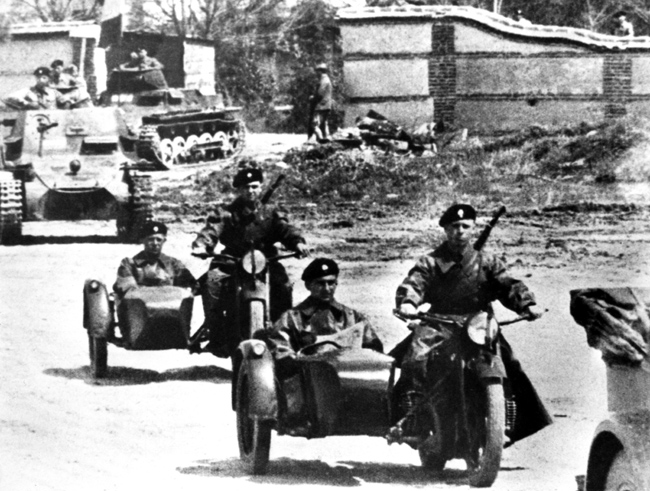
Mechanized forces of the German Condor Legion move through Spain during the Spanish Civil War. Germanys involvement in the Spanish conflict gave it a superb opportunity to trial tactics and technologies prior to its invasion of Poland in 1939.
Von Seeckts work was of such importance that from 1923 the German Army began to base its training and exercises on his published theories, and although the army had very few men to put on the ground in exercises, the basic elements of his ideas became fundamental to German strategic and tactical thinking. The emphasis was now on rapid reaction to new events, together with a preparedness for decisive action against the enemy. Exercises and manoeuvres from 1923 to 1926 showed how the concept of this war of movement was also becoming standard thinking in the German Army right down to section level.
Although Von Seeckt had retired by 1933 when Hitler and the Nationalsozialistische Deutsche Arbeiterpartei (NSDAP; National Socialist German Workers Party) came to power, his legacy to the German Army had not been lost. Hitler was elected to the chancellorship on 30 January 1933, under the critical eye of the German president, Paul von Hindenburg. Hitler intended to enlarge the army to further his expansionist aims in Europe, and the army was naturally delighted. Senior officers believed Hitler could be controlled: nothing, however, could have been further from the truth.
Font size:
Interval:
Bookmark:
Similar books «Hitlers Armies»
Look at similar books to Hitlers Armies. We have selected literature similar in name and meaning in the hope of providing readers with more options to find new, interesting, not yet read works.
Discussion, reviews of the book Hitlers Armies and just readers' own opinions. Leave your comments, write what you think about the work, its meaning or the main characters. Specify what exactly you liked and what you didn't like, and why you think so.

